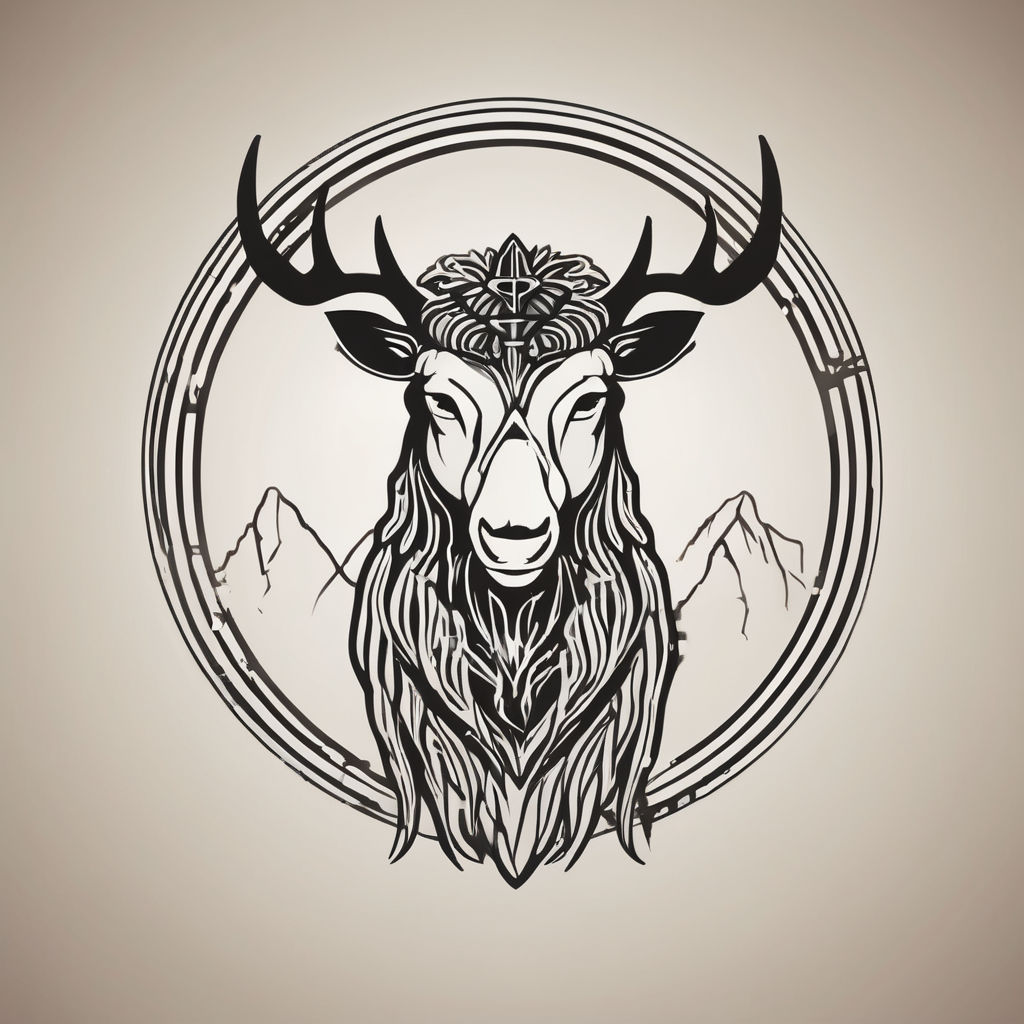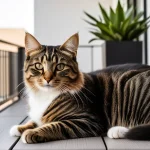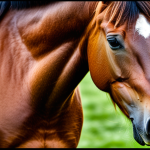Understanding Mobility Issues in Cats
Cats, like humans, can experience mobility issues as they age or due to health conditions. Common problems include arthritis, hip dysplasia, and muscle weakness, which can hinder their movement and affect their quality of life. Recognizing these challenges is vital as it impacts how we design and modify their living environments, notably outdoor spaces.
Addressing mobility challenges in these areas is crucial. Cats often enjoy exploring and playing outside, so it’s imperative to create spaces that are accessible and safe. With thoughtful planning, outdoor areas can become an enriching part of their lives without causing additional strain.
A découvrir également : Creating a Calming Care Routine for Chemotherapy Cats: Must-Know Tips to Ease Stress
An accessible design benefits not only the cats but also their owners. By incorporating features like ramps and non-slip surfaces, owners can ensure their pets have easy access to the outside world, diminishing risks of injuries or further health complications. This type of design enables cats to explore safely while ensuring peace of mind for pet owners.
Ultimately, prioritizing cat health through accessible and thoughtful design can significantly enhance the well-being and happiness of your feline companion. This harmonious balance enriches their lives without compromising health or safety.
A lire également : Creating a Secure and Stimulating Balcony Oasis for Your Feline Friend
Key Features of an Accessible Outdoor Catio
Creating a catio or outdoor cat enclosure that embraces accessibility features can significantly enhance the quality of life for your feline friend. Catio design elements should address various accessibility needs to facilitate a safe and enjoyable space for cats with mobility issues.
Low Entry Points and Ramps
Incorporating low entry points and ramps in a catio design is essential for easy access. Ramps should have a gentle incline and be covered with non-slip materials to prevent accidental falls and ensure stable footing. These features not only assist cats with mobility challenges in navigating their environment but also provide a sense of independence, allowing them effortless movement between different areas.
Non-slip Surfaces
Another essential catio element is the use of non-slip surfaces. Slippery surfaces can pose a risk, especially for cats with compromised mobility. Consider using materials like textured tiles or outdoor carpet that resist slipping, offering stability and comfort. Implementing such features will prevent injuries and contribute to a safer outdoor experience.
Design Elements for Comfort and Shelter
A well-thought-out catio must include areas providing comfort and shelter. Structures such as covered platforms and cozy corners shield cats from weather elements, offering a retreat for rest. A comfortable and protected catio design ensures cats feel secure while enjoying their time outdoors.
Design Ideas for Enhancing Accessibility
Creating a catio that balances functionality and enjoyment begins with innovative design ideas. Implementing features tailored to mobility challenges can drastically improve the quality of life for our feline companions.
Ramps and Pathways
Ramps are indispensable for ensuring hassle-free navigation. Employ designs with gentle inclines and incorporate materials with good grip for utmost safety. Pathways should be wide enough to allow ease of movement and ideally lead to different sections, facilitating exploration while reducing strain.
Elevated Platforms
Utilize elevated platforms to maximise vertical space, giving cats the chance to climb and perch at various heights. This not only conserves ground area but also satisfies their natural climbing instinct. Ensure these platforms are connected by secure, easy-to-navigate steps or ramps, promoting confidence in movement.
Interactive Features
To enrich the environment further, incorporate interactive elements. These might include different textures, engaging toys, or even plants for sensory stimulation. Such additions cater to varying mobility levels, providing enjoyment that benefits both physical and mental health. Whether it’s a simple scratching post or a low-hanging mobile, these features make spending time outdoors continuously exciting.
Safety Considerations for Accessible Catios
Designing a secure outdoor space for your feline friend is crucial for their safety and enjoyment. Begin with secure materials and solid construction techniques to ensure the catio withstands various weather conditions without compromising its integrity. Consider using robust materials like treated wood or rust-resistant metals to support the structure’s longevity.
When planning your catio, it’s important to identify and eliminate potential environmental hazards. Sharp edges, toxic plants, and small gaps that cats might squeeze through should be addressed. Prioritize creating a hazard-free environment that accommodates cats with mobility challenges.
Regular maintenance checks are essential to maintain a safe outdoor catio. Inspect for wear and tear, such as loose fittings or broken elements, to prevent injuries. Routine checks provide an opportunity to reinforce any weak spots and remove debris that could pose a threat.
Additionally, to enhance safety further, consider integrating barriers to prevent falls and shaded areas to protect from heat. These prevention measures will ensure your cat enjoys their outdoor space while safeguarding their well-being. Through thoughtful construction and maintenance practices, a catio can remain a safe haven for cats with mobility issues.
Integrating Enrichment Activities
Creating a stimulating environment is crucial for the well-being of cats, especially those dealing with mobility issues. Tailoring enrichment activities ensures they can engage physically and mentally, fostering a fulfilling outdoor experience. This adaptation requires thoughtful consideration to select mobility-friendly activities that accommodate their abilities.
Enhance your catio with engageable toys specifically designed for accessibility. Toys that dangle low or move slowly are excellent for cats with limited flexibility or speed, allowing them to participate without overexertion. Similarly, sensory experiences like aromatic herbs or different textures help maintain interest, catering to mental health.
Integrating structures specifically designed to encourage activity without undue strain is another key consideration. Simple puzzle feeders or even safe spaces where they can observe nature can offer engagement opportunities without requiring excessive physical effort. The balance between mental stimulation and physical accessibility enables cats to enjoy their environment even with mobility restrictions.
By focusing on a variety of mobility-friendly activities, cat owners can create enriching spaces that avoid frustration and promote both cat health and happiness. This approach not only supports physical activity but also aids in preventing common behavioural issues associated with lack of stimulation.
Resources and Inspiration
For those looking to craft the ideal outdoor space, compiling the right catio resources and drawing from design inspiration is essential. Notable examples of successful accessible catios abound, offering various layouts and fixtures that thoughtfully consider mobility issues in cats.
Examine projects featuring innovative designs that harmonise functional features with space optimization, ensuring both safety and enjoyment. These examples can serve not only as blueprints but also spark creativity when tailoring a space to individual feline needs.
When embarking on a DIY project, selecting the appropriate materials is crucial. Opt for elements that provide durability and safety, like non-slip surfaces or treated wood that withstands weather conditions. Equipping yourself with the right tools facilitates smooth construction, allowing focus to remain on accessible design benefits for cat health.
Expert advice from veterinarians and pet specialists can guide these efforts further. Their insights offer detailed recommendations on design inspiration and mobility-friendly activities that encourage a rich, satisfying experience. Seeking such advice ensures a balance between innovative design and practical application, crafting an environment where cats thrive.









